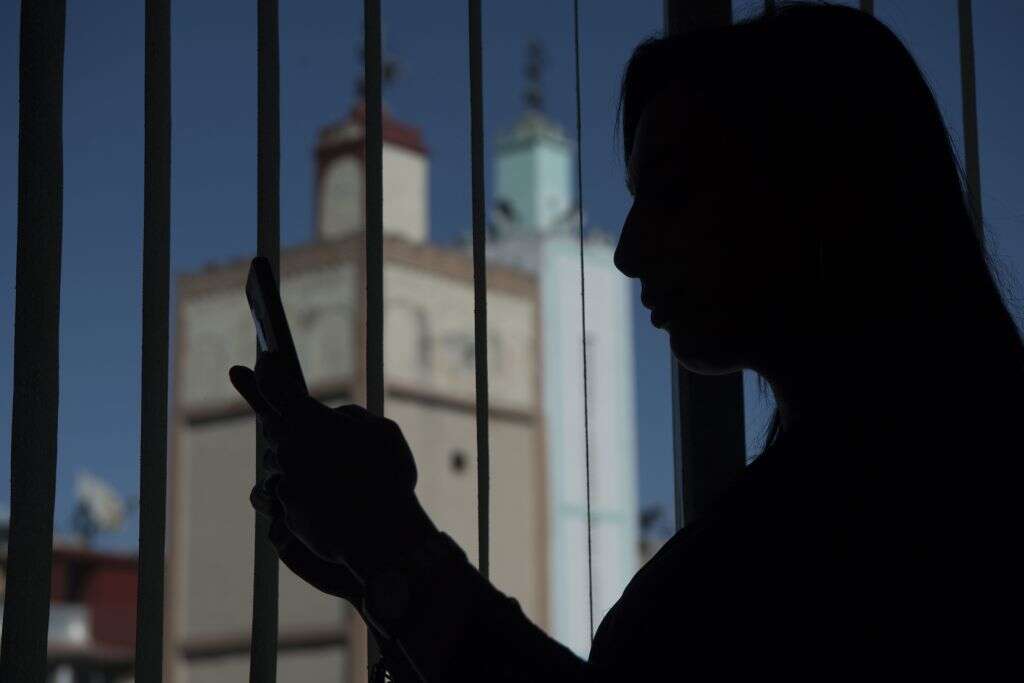
The global gender gap in digital adoption excludes women from opportunities to learn, to work, and be financially independent. Many of the causes of this gap are socio-economic: women are more likely to lack the financial means and the education to use digital services. But recent research suggests another factor is at play – the abuse and harassment that so many women and girls suffer online. Fixing this is yet another reason to improve the gender diversity of the technology industry itself.

According to research by GSMA, the association of mobile network operators, access to the mobile internet allows women to feel safer, more connected and more autonomous, as well as developing their education and economic independence. And it has become all the more important during the pandemic, according to Claire Sibthorpe, GSMA’s head of connected women, connected society and assistive tech.
“It’s even more of a lifeline now, if you think about things like having to educate your families when schools are being closed, getting access to information about the pandemic, getting access to alternative income sources,” she says. “So it’s even more critical for women who often have these responsibilities on education, health and their families.” This makes identifying the reasons why women are less likely to use digital services all the more urgent, Sibthorpe says.
What causes the digital gender gap?
According to Pew Research, globally men are 3.5% more likely to own a mobile phone than women, and 5.5% more likely to own a smartphone. Pew’s analysis rises to 7% and 7.8% respectively in emerging economies, though the GMSA estimates the smartphone gender gap could be as high as 20% in low and middle-income countries. The GMSA says that, among mobile owners, women use a much smaller range of services, and are 20% less likely to use mobile internet.
There are many socio-economic reasons for this gap. In the majority of middle and lower-income countries, the top two barriers to women’s adoption are affordability – particularly handset affordability – and lack of digital education and skills. “When socio-economic factors prevent access to all, women are particularly disadvantaged,” says Dina Davaki, a researcher at the London School of Economics. “Because they are over-represented in poverty, and because they’re under-represented in digital literacy.”
But a recent study examining fintech adoption by the Bank for International Settlements suggests there might be more at play. The study found a gender disparity in the adoption of fintech services of around 8-9%. Even when controlling for wealth, marital and relationship status, financial confidence and literacy, or price sensitivity, there is still a significant gap between men and women.
Some academics have theorised that this may be related to issues of privacy: if women have more experiences of privacy infringement both online and offline, they may be more hesitant to engage with new technologies. Research from Towson University in 2014 of millennial college students found that women were significantly more likely to report being “very concerned” about apps gathering their data.
But concerns around online safety go beyond matters of data privacy. For many women, digital platforms act as an extension of real-life threats.
The GMSA’s most recent report on the digital gender gap in mobile internet use found the most common barriers to adoption – handset cost and a lack of knowledge about getting online – are more important to men than women. But matters relating to safety, such as harmful online content and information security, are more important to women. In Latin America, a quarter of women see harmful content as a leading barrier to mobile internet use, and almost a third are worried about the security of their information.
“So on the one hand women report that having a mobile really improves their safety,” says Sibthorpe. “But at the same time, there are concerns about being harassed. These are not concerns that are mobile or online specifically, they’re the same concerns they face in the offline world; they’re also being translated into online.”
This starts early: a recent Plan International study of 14,000 girls aged 15-25 from 22 countries found that 58% had been harassed or abused online. The report found that the harassment was similar across every continent, not just in Europe and North America. And it continues well into adulthood. “So many women professionals have had to leave their jobs because of cyberbullying,” says Davaki. “It is a huge problem and it’s just another aspect of violence against women.”
Improving safety for women online
So what can be done? The GMSA has a few suggestions for developers app operators to address these concerns, such as providing education and training in how to use the internet safely, responding to threats, and making privacy and safety tools easy to navigate. It also encourages them to include safety measures, such as emergency contact alerts and call-blocking services, and make it easier for users to report abuse.
A persistent problem, says Louise Brett, Head of FinTech at Deloitte, is that designers of new devices, apps and platforms don’t anticipate women’s concerns. “It can be designed by men for men, which is quite a big problem,” she says. “If you’re not designing for women, or potentially even designing against them, then even if you want to increase equality, you could accidentally do the opposite.”
This can create a vicious cycle, Davaki says, where women don’t feel engaged by tech, so are less likely to go into tech careers and work to improve the design. And so the pattern endures. “Stereotypes can lead to technophobia or techno-enthusiasm,” says Davaki. “Techno-enthusiasm and inclusion in the digital world can be tremendously enhanced by changing the content in a way that would reflect all genders.”






